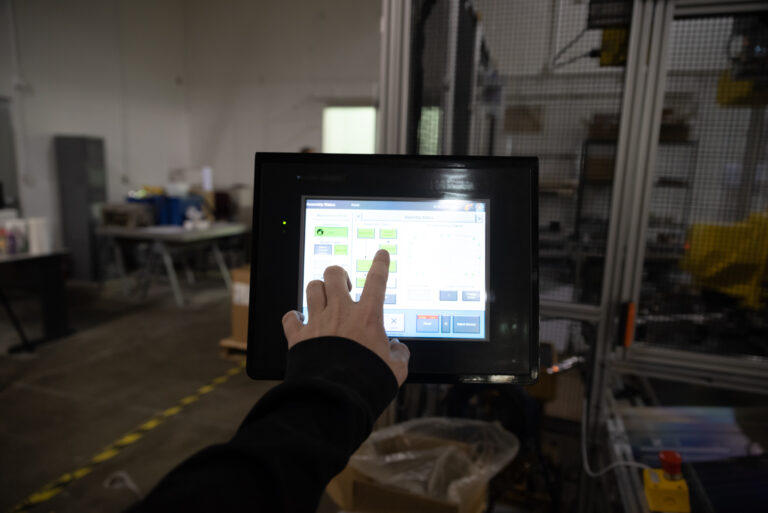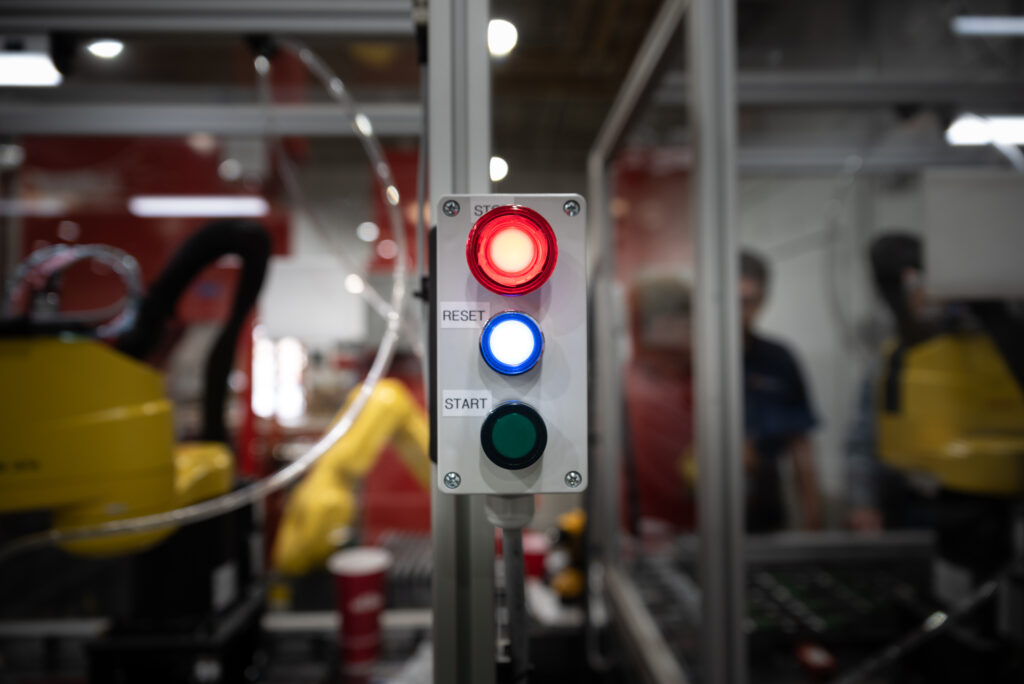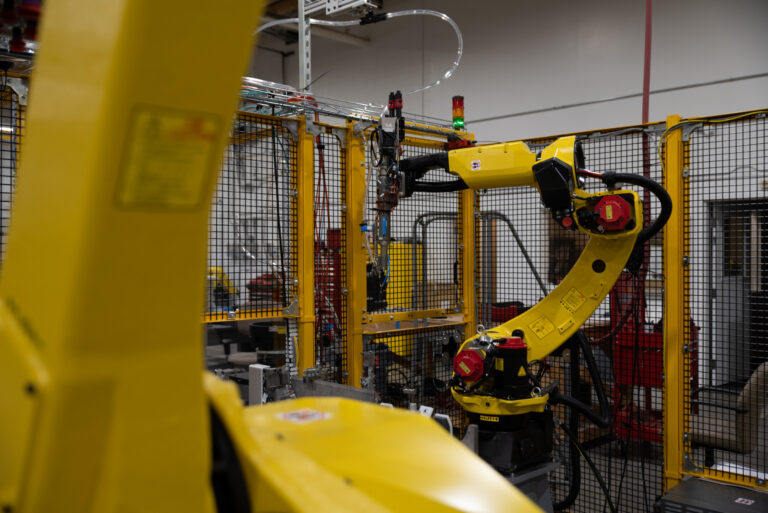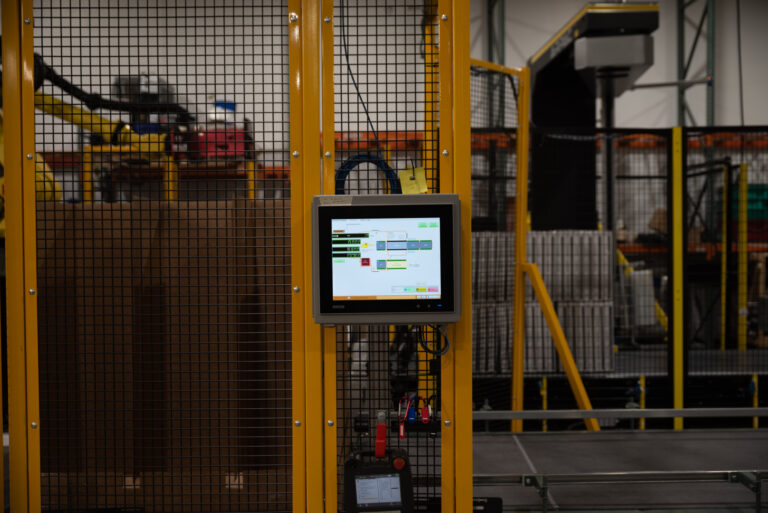In conclusion
Automation can play a significant role in making workplaces safer and reducing the number of injuries that occur. By automating repetitive tasks, eliminating dangerous tasks, and providing real-time data and alerts, employers can reduce the risk of accidents and injuries and ensure that their employees are safe and secure while working.
While there are challenges to implementing automation, such as high initial costs, resistance to change, and lack of expertise, the benefits can outweigh the costs in the long run. With the benefits of automation, businesses can create safer work environments and reduce the number of injuries that occur.
If you are considering implementing automation in your workplace, it’s essential to weigh the pros and cons and work with experts who can help you navigate the process. Automation can be expensive and requires specialized knowledge and expertise to implement effectively. However, the benefits, such as increased productivity, improved efficiency, and a safer work environment, can outweigh the costs in the long run.
Automation and safety go hand in hand. By utilizing automation technology, businesses can create a safer work environment, reduce the risk of accidents and injuries, and improve their bottom line. With the increasing affordability and accessibility of automation technology, more businesses are beginning to implement it into their operations. As we continue to advance in technology, we can expect to see more innovation in automation, further improving workplace safety.




